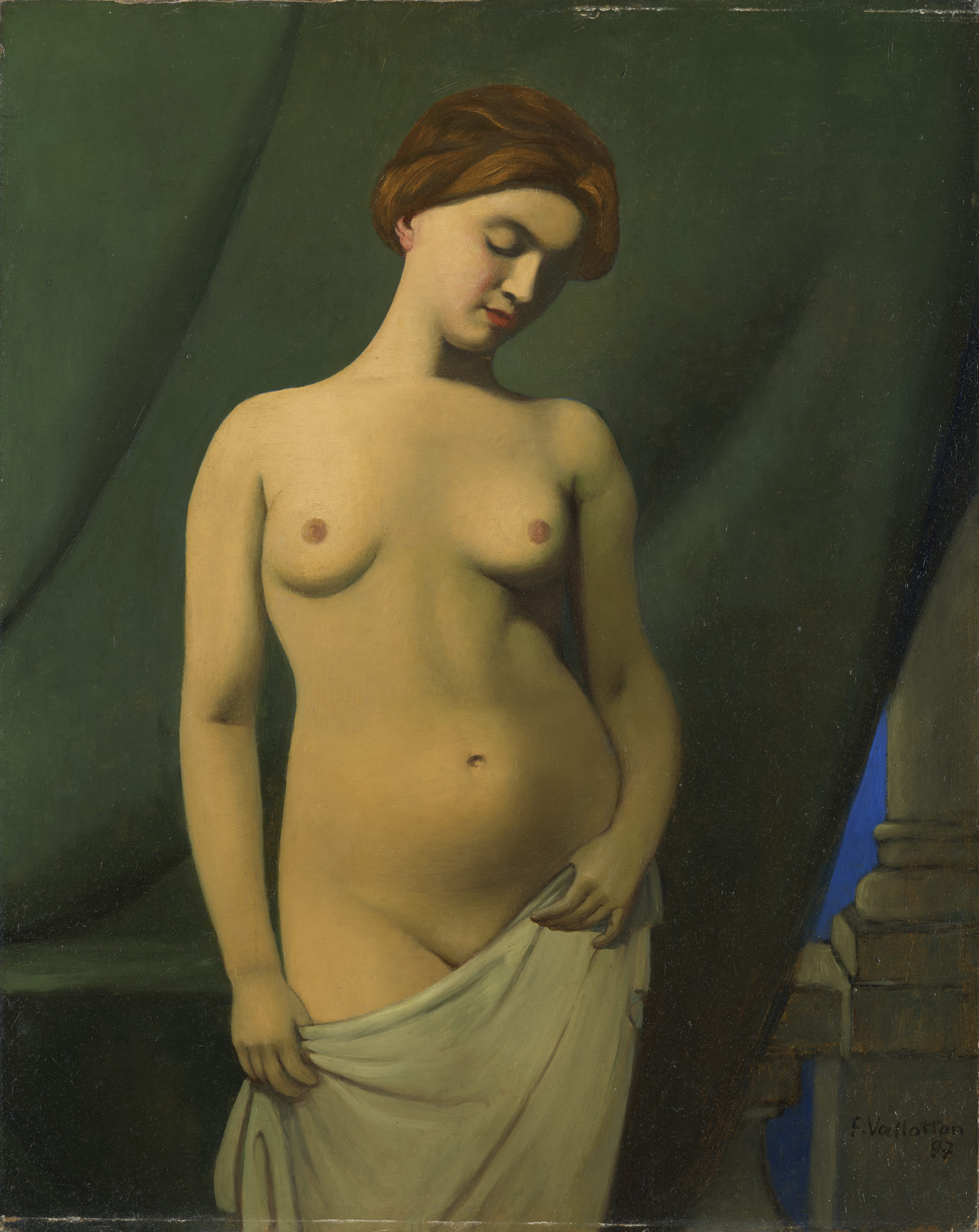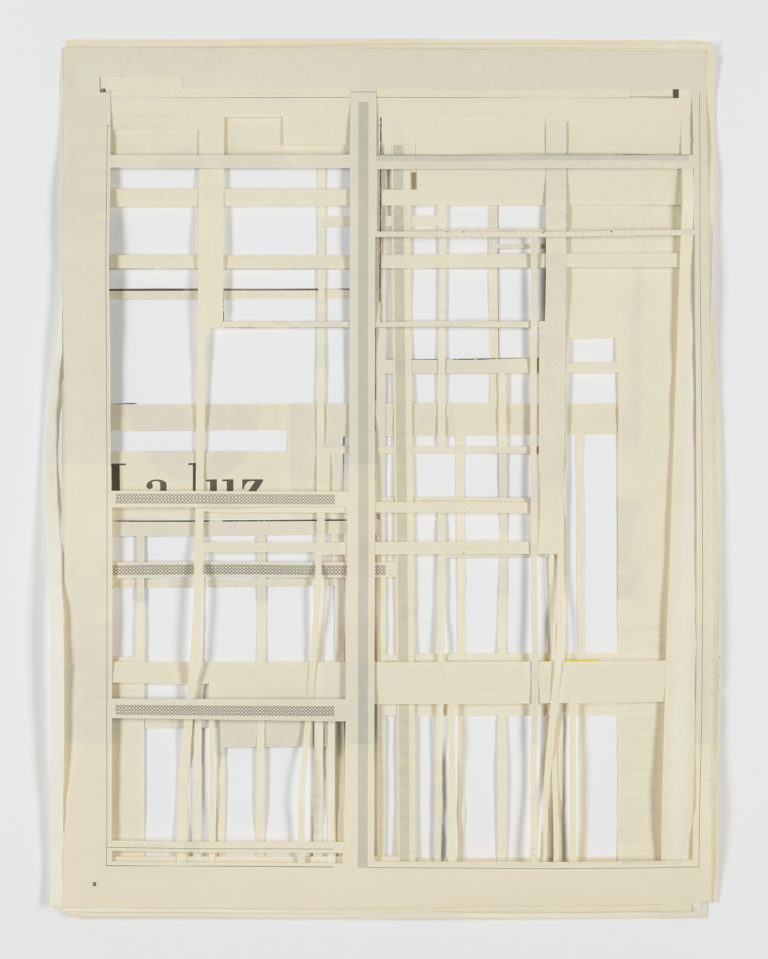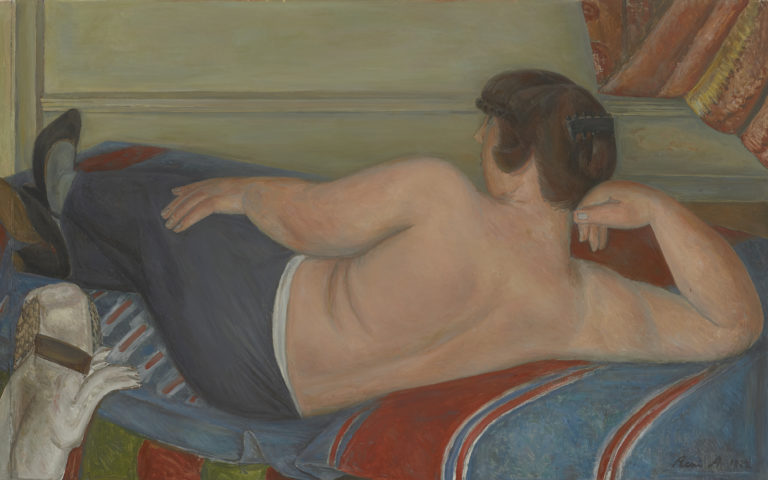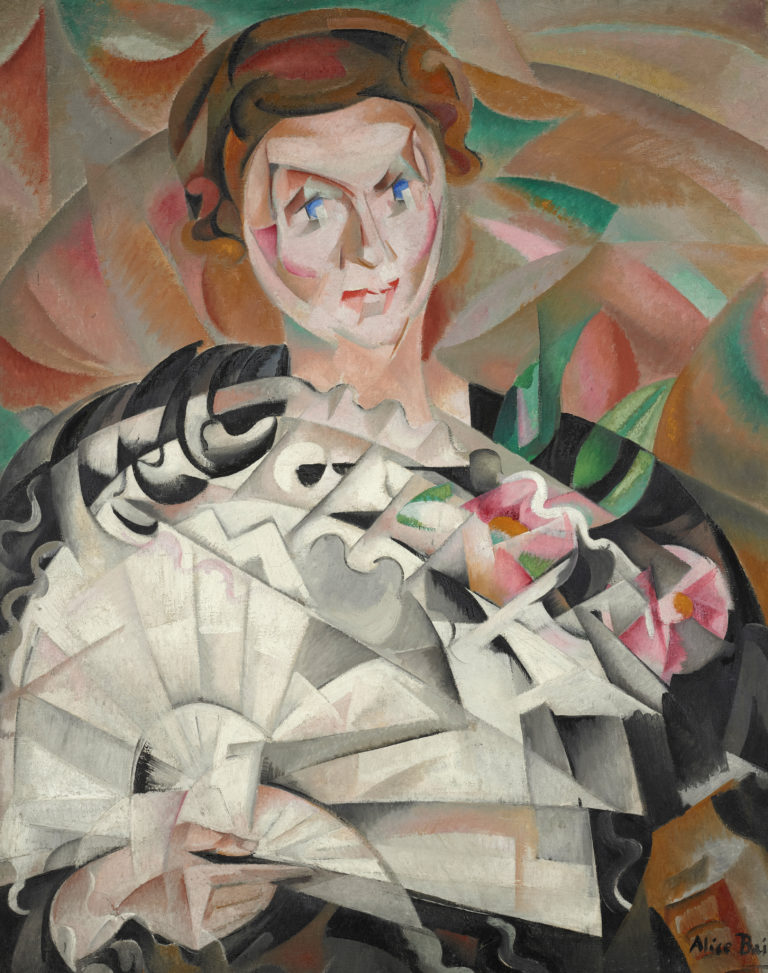Bibliography
Marina Ducrey, in collaboration with Katia Poletti, Félix Vallotton, 1865-1925: l’œuvre peint, 3 vol., Lausanne, Fondation Félix Vallotton, Zurich, Institut suisse pour l’étude de l’art, Milan, 5 Continents Editions, 2005: n. 237.
Catherine Lepdor, Félix Vallotton, La vie recomposée, Les Cahiers du Musée des Beaux-Arts n. 12, 2002.
Sasha M. Newman (ed.), Félix Vallotton, exh. cat. Lausanne, Musée cantonal des Beaux-Arts, Paris, Flammarion, 1992.




Félix Vallotton’s sensually posed Venus pudica, loosely clasping the veil that tantalisingly half-hides her lower body, is a solemn, cold, distant beauty. Her flesh, which almost seems to have been modelled in wax, stands out proudly against the folds of the green curtain that close off the background to the composition.
In 1897, Vallotton no longer systematically painted bodies with flat swathes of colour. He took his art in a new direction, exploring anatomies arising from lines drawn in brush-strokes, their volumes carved out by light and shade. Here, the model’s pose is in the grand tradition of the nude. The exaggerated arabesque of the jutting hip is straight from classical antiquity, while the smooth bands of hair, column and balustrade motif, and curtain hitched up to reveal a corner of natural landscape echo the neo-Classicism of Jean-Auguste-Dominique Ingres.
Vallotton was a great admirer of Jean-Auguste-Dominique Ingres: the hero of his novel La vie meurtrière exclaims, ‘Nothing more than the way Ingres uses lines to capture the shape of a woman has ever made me more feel the warmth of her body and the weight of her breasts’. Yet he did not slavishly imitate the master’s style, but rather paraphrased it. Working in the tradition of the bella maniera, he brought classical forms into dialogue with modernity. Eschewing the eroticism of Ingres and adapting his aesthetic approach to female nudes, he made women’s bodies a site of artistic experiment.
Femme nue, rideau vert (Nude Woman, Green Curtain), which was almost certainly shown at a Nabi exhibition at the Galerie Vollard in 1898, must have been an unexpected sight for Vallotton’s fellow artists in the movement, who favoured a decorative language that made much use of broad swathes of colour.